The 2018 Wenzhou (Kean) Italian Design Forum Held at Wenzhou Kean
For a long time, Italy has been the most concentrated country for overseas Chinese from Wenzhou, with frequent business and trade exchanges. Now, attention to urban planning and architectural design has once again connected the two places. On November 26th, "Illuminating the Future of Wenzhou with Creativity" - the 2018 Wenzhou (Kean) Italian Design Forum was successfully held at Wenzhou Kean University. This forum was the first large-scale event of the 2018 Wenzhou Italian Cultural Festival in Wenzhou.
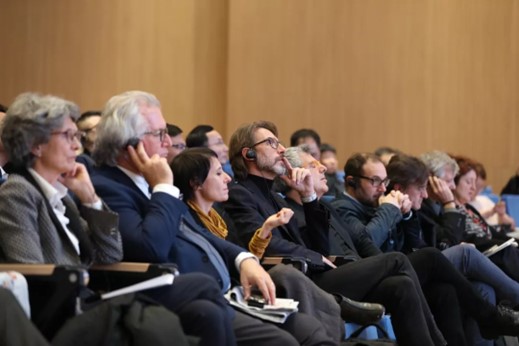
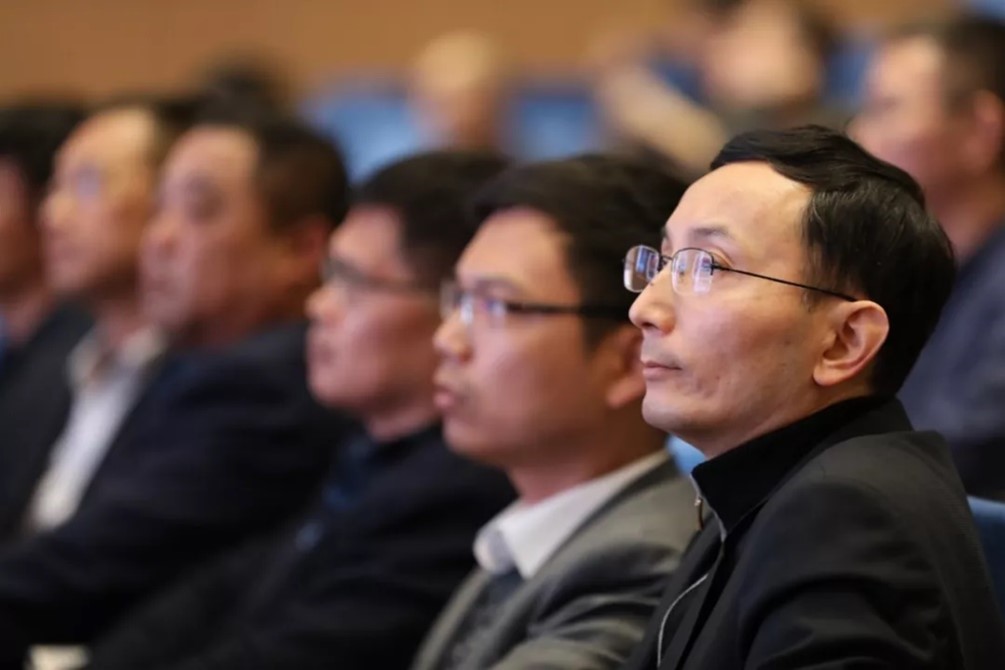
Italian Consul General in Shanghai and Science and Technology Counselor, Roberto Pagani, attended the event and delivered a speech. Pierre Georges Touri, President of the Italian Association of Architectural Design, accompanied by 11 Italian designers. Also present were Wang Beijiao, Secretary of the Party Committee and Chairman of the Board of Directors of Wenzhou-Kean University, Wei Pingsheng, Deputy Minister of the Municipal Party Committee Propaganda Department, Chen Cang, Deputy Director and Party Group Member of the Municipal Planning Bureau, Zhou Huaizhong, Deputy Director of the Foreign Affairs and Overseas Chinese Affairs Office of Wenzhou Municipal People's Government, Li Fangxi, Deputy Director of the Wenzhou Municipal Bureau of Culture, Radio, Television, News and Publication, Li Wei, Deputy District Mayor of Ouhai District, and other relevant leaders of Wenzhou City departments, local design and planning experts, as well as local design professionals, teachers, and students from local universities, totaling nearly 500 participants. The forum was chaired by Zheng Xiaodong, Vice President of Wenzhou-Kean University.
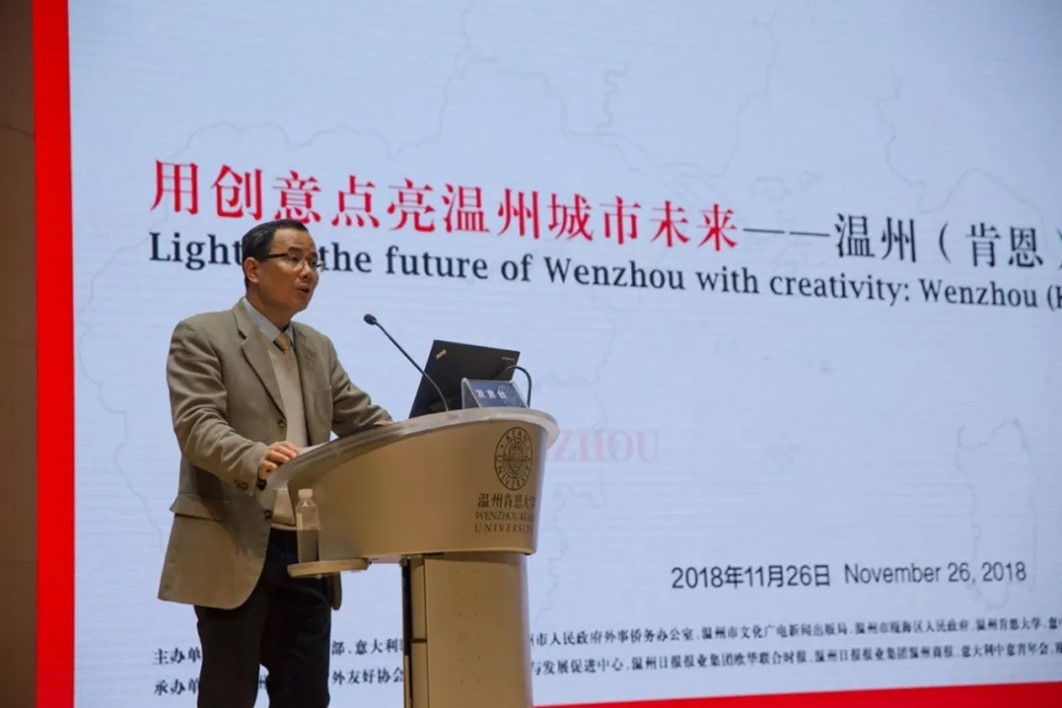
Zheng Xiaodong, Vice President of Wenzhou-Kean University
President Zheng Xiaodong welcomed the arrival of the Italian design team and guests from all walks of life on behalf of Wenzhou-Kean University. He said that as a Sino-foreign cooperative university, Wenzhou-Kean has always adhered to internationalization in its education. This forum is an important part of the school's international academic cooperation and exchange with the outside world. "Wenzhou-Kean integrates campus, home, and park planning and construction into one, shaping a future-oriented university campus with a learning-oriented, livable, ecological, and intelligent flexible environment. It can also be seen as an interesting case study of the theme of this forum, 'Illuminating the Future of Wenzhou with Creativity'." He hoped that through this forum, valuable suggestions from design experts from China and Italy on the urban construction of Wenzhou and the campus construction of Wenzhou-Kean University could be heard, and he looked forward to future cooperation and exchanges between the Italian Association of Architectural Design and the university in various fields.
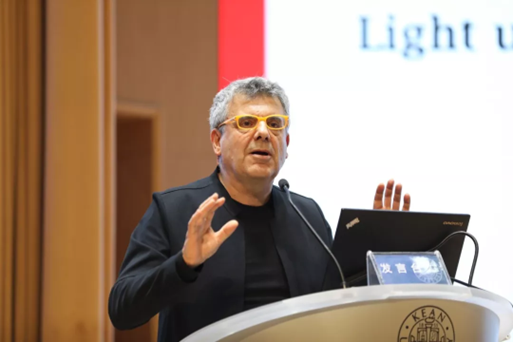
Roberto Pagani, Science and Technology Counselor of the Consulate General of Italy in Shanghai
In his subsequent address, Roberto Pagani, Science and Technology Counselor of the Consulate General of Italy in Shanghai, expressed that universities serve as platforms for introducing new knowledge and ideas, and teachers and scholars at universities also bear the responsibility of shaping tomorrow and adding color to the future. In the process of China's rapid development, there is a need to build a large number of infrastructure projects, not only constructing new buildings but also maintaining existing ones. To some extent, universities also play the role of think tanks. "China and Italy should learn from each other, think while building, and focus more on sustainable development in the planning and construction process. We must have the awareness to learn new urban planning methods and spread more positive energy," Pagani said.
At the forum, six designers from the delegation of Italian architectural planning and design professionals each delivered keynote speeches on topics such as urban planning, urban infrastructure, and green buildings, conveying Italian urban planning and design concepts and advanced design experiences to the participants.
Viewpoint Excerpts
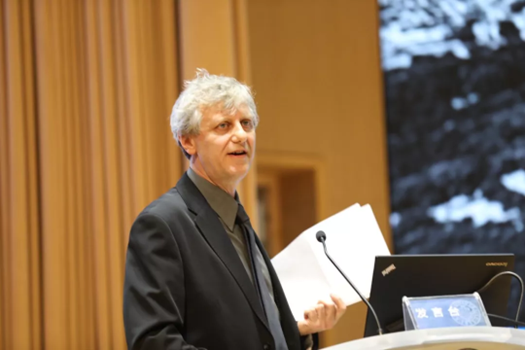
Bill George Turri
The President of the Italy-China Architectural Association (ICAF), responsible for the Sustainable Development Plan of Turin City, and curator of the "Transmitting Sustainable Cities" project at the Turin Architecture Foundation.
Theme: Sustainable Urban Planning
Currently, 50% of the world's population resides in cities, consuming 75% of the Earth's energy. By 2050, urban populations are projected to reach 70%-80%. As architects, what can we do to reduce our environmental impact? Sustainable urban planning should aim to create green, smart, and culturally rich cities while simultaneously minimizing environmental impact and efficiently enhancing overall quality of life through collaborative strategies. Both Chinese and Italian counterparts should share technologies and solutions, jointly exploring comprehensive, sustainable urban planning schemes.

Carado Carobnado
Sustainable Architecture Design Expert
Theme: Green Building and Lifestyle Design
Taking the example of smart neighborhoods in Europe, how can we use the "neighborhood" as a unit of urban planning to create ecological and economic cycles, and improve the quality of life for neighborhood residents? The development of lifestyle must prioritize the relationship between users and the environment in spatial and functional design, aiming to minimize environmental impact as much as possible.
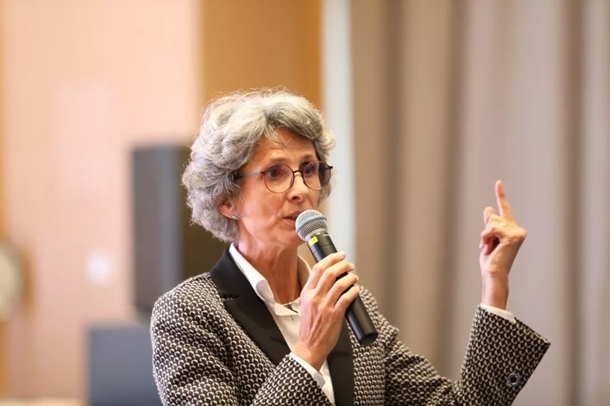
Beatrice Coda
Editor-in-Chief of "Architettura dell'Ordine" magazine, Turin, Italy
Theme: Urban Transportation and City Infrastructure
Accessibility is crucial for urban living. It encompasses not only literal transportation convenience but also whether infrastructure and various resources can conveniently serve people's lives. Good accessibility must be always available to people and must be human-centered, considering people's age, physiological needs, and information access requirements from multiple perspectives.

Carlo Ostolero
Professor of Urban and Sustainable Architecture at the Politecnico di Torino University
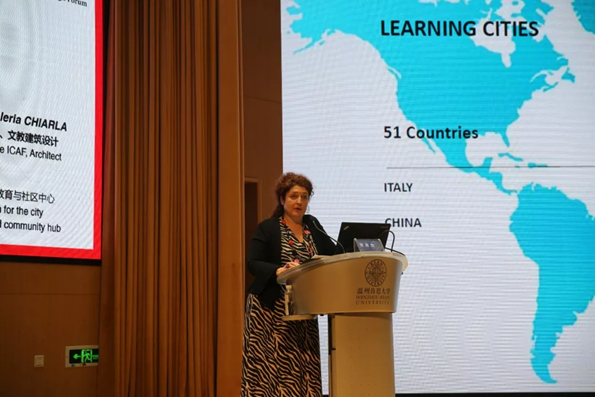
Designer Valeria Coira
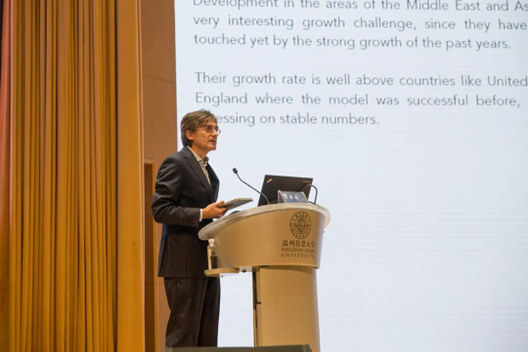
Ezio Gaudio
Founding member of the Italy-China Architectural Association, and Design Director of the Italian Pavilion at the 2018 Shanghai International Architecture Exhibition
Professor Carlo Ostorero, from the Politecnico di Torino University, who specializes in Urban and Sustainable Architecture, along with designers Valeria Coiella and Ezio Gaudio, presented keynote speeches on "Preservation and Heritage of Architectural Monuments," "Urban Innovative Design: Education and Community Centers," and "Layout of Intelligent Workspaces." They discussed their perspectives on the preservation and redesign of historic buildings, creating learning-oriented communities, and designing intelligent workspaces.
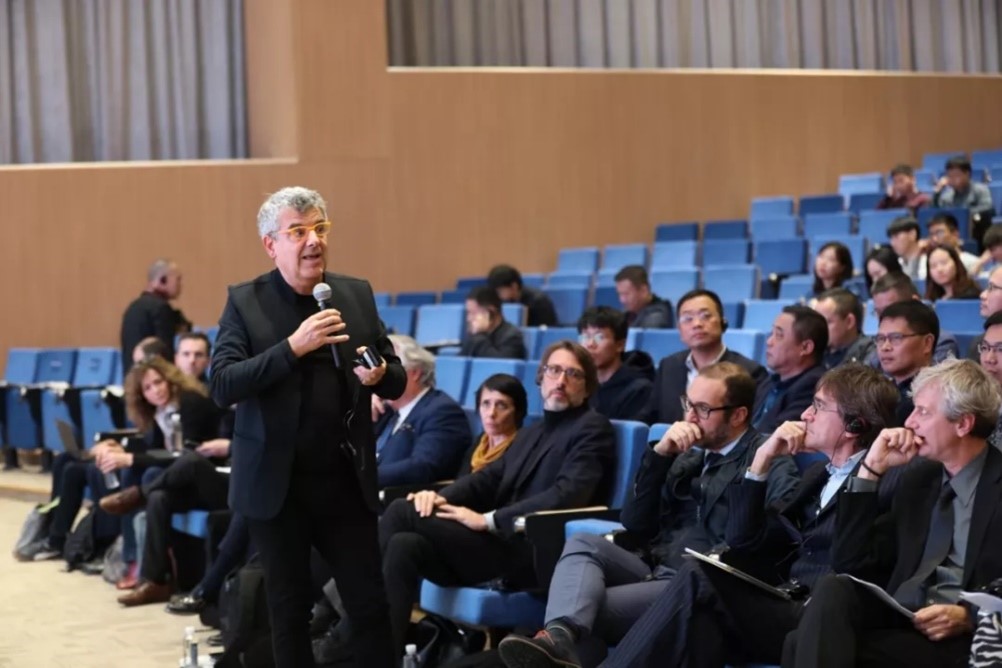
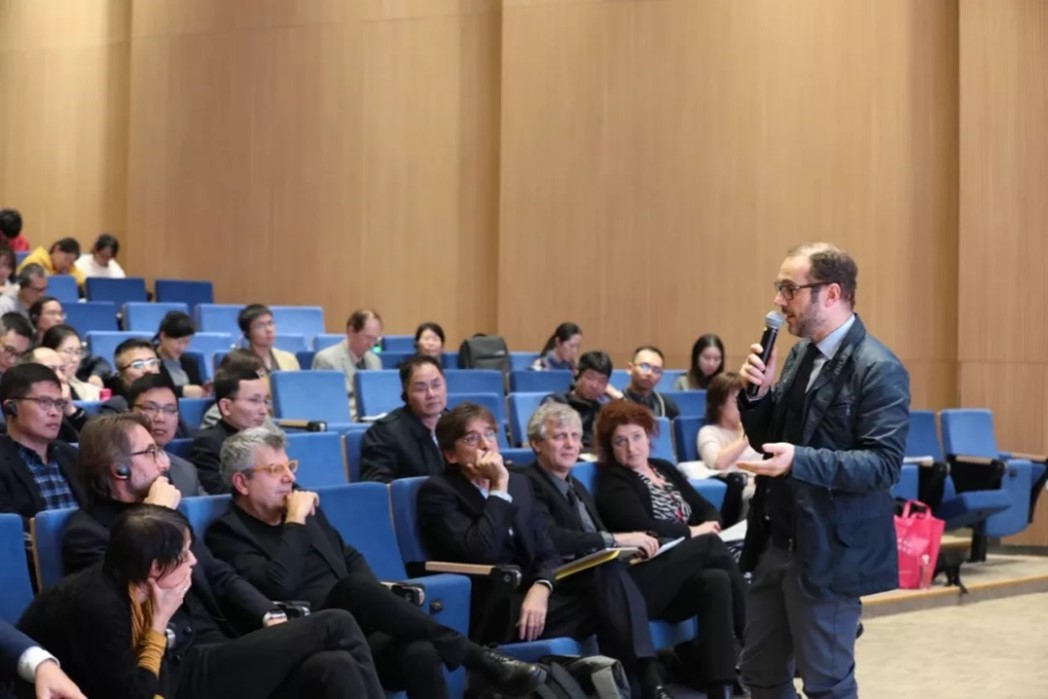
During the interactive dialogue session, faculty and students from Wenzhou-Kean University, along with other participants, engaged in discussions with Italian designers on topics such as urban planning, construction, and restoration of historic buildings in Wenzhou. They integrated Italian urban planning and design concepts with advanced planning and design experiences to explore ways to accelerate the development of Wenzhou into an international fashion smart city.
This forum was jointly organized by the Publicity Department of the Wenzhou Municipal Committee, the Office of Foreign Affairs and Overseas Chinese Affairs of the Wenzhou Municipal Government, the Consulate General of Italy in Shanghai, the Italian-Chinese Association of Architecture and Design, and Wenzhou-Kean University. Its aim was to promote in-depth exchanges between China and Italy in urban planning and architectural design. By providing a platform for interaction and communication among Chinese and Italian architects and planners, the forum aimed to facilitate the transformation and development of Wenzhou city.
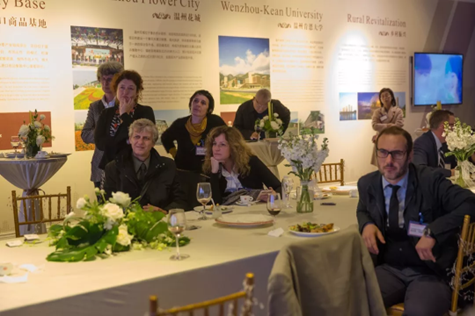
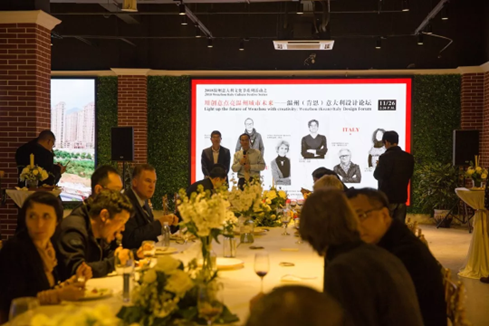
That evening, the 2018 Wenzhou (Kean) Italy Design Forum exchange reception was held in the Kean Town Hall. A delegation of Italian architects and planners engaged in discussions and seminars with heads of architecture and design departments from various universities in Wenzhou on how to deepen cooperation between the two countries in the field of architecture.
Text: Wang Shu, Liu Qi
Photos: Wang Geqiong, Cai Beini, Jiang Yong
Layout: Zhou Chenyan
Editor: Media Center
- WKU Students Shine in the 10th Zhejiang Provincial Translation Competition

- Strengthening Collaboration, Building the Future – Kean University President Repollet Leads Delegation to WKU
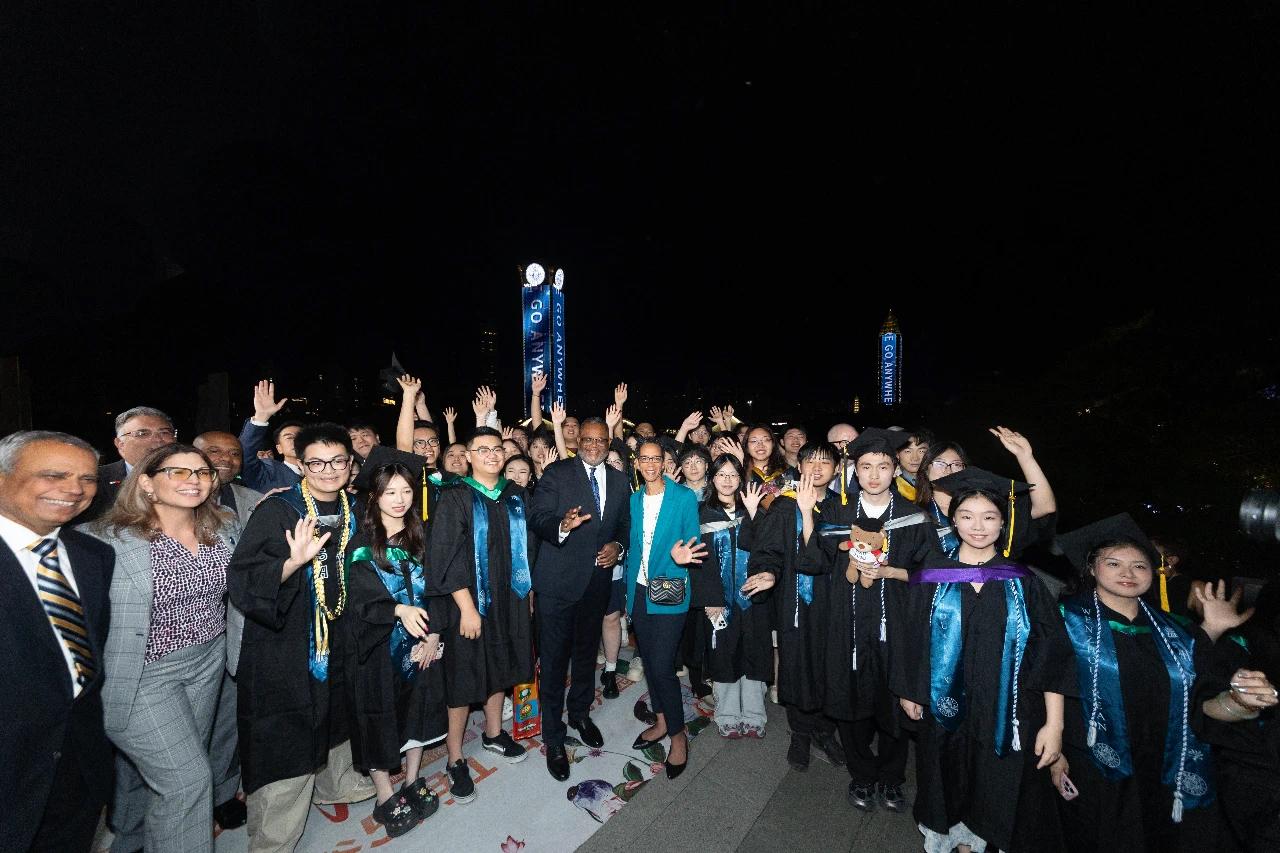
- Kean University President Lamont Repollet Leads Delegation to Wenzhou to Strengthen Cultural Exchange and University Cooperation


